Exhibitions
History

Since the opening of our KBr Photography Center and some of the great masters of this art have been exhibited in our halls, we have given visibility to new talents and delved into the history and birth of a technique that transformed the way of looking.
We are moved by a passion for photography. We opened a window for you to all the exhibitions. We hope you enjoyed them and will be surprised by the next ones.
![Hwy-80 (House near Wendover), 2011 © José Guerrero, VEGAP, Madrid, 2025 Hwy-80 (House near Wendover), UT [Interestatal 80 (Casa cerca de Wendover), Utah], 2011 De la serie «After the Rainbow» Colecciones Fundación MAPFRE © José Guerrero, VEGAP, Madrid, 2025](https://kbr.fundacionmapfre.org/wp-content/uploads/2025/02/hwy-80-1920x.jpg)
José Guerrero
Hwy-80 (House near Wendover), UT, 2011
From the series “After the Rainbow”
Fundación MAPFRE Collections
© José Guerrero, VEGAP, Madrid, 2025
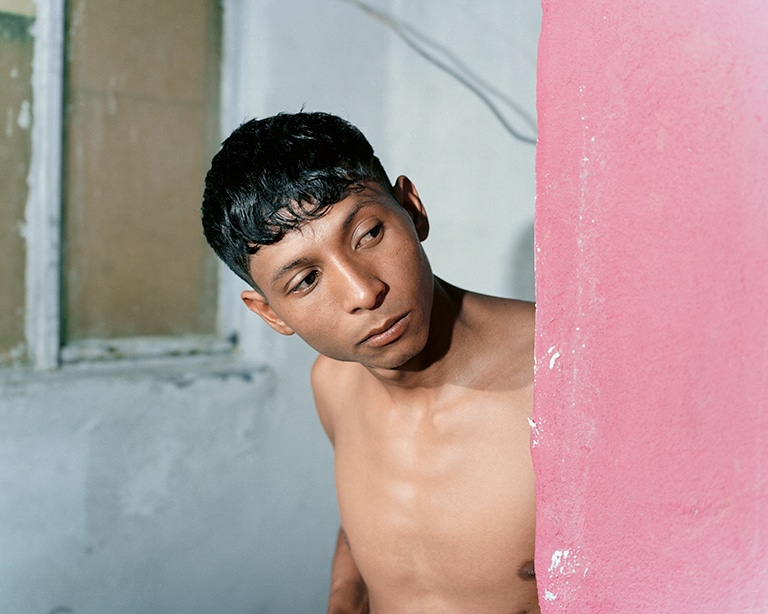
El Friki’s friend and pink wall
Bravo
© Felipe Romero Beltrán
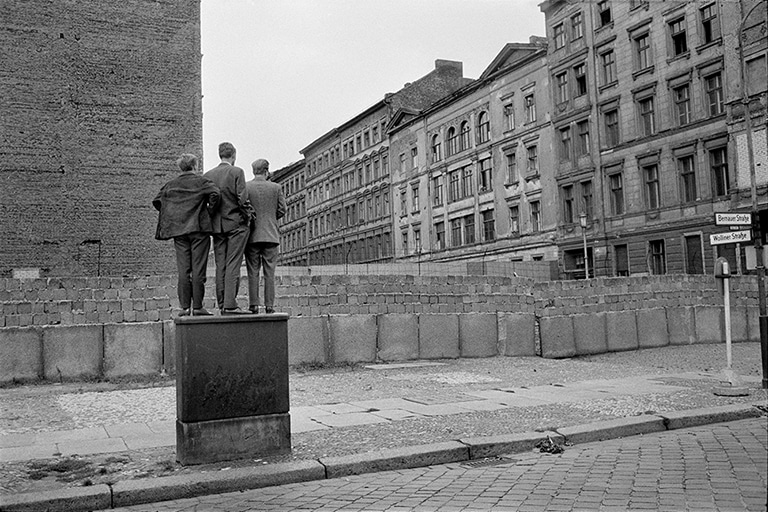
The Berlin Wall, West Berlin, Germany, 1962
© Fondation Henri Cartier-Bresson / Magnum Photos
KBr FLAMA 24
From 11 October 2024 to 26 January 2025
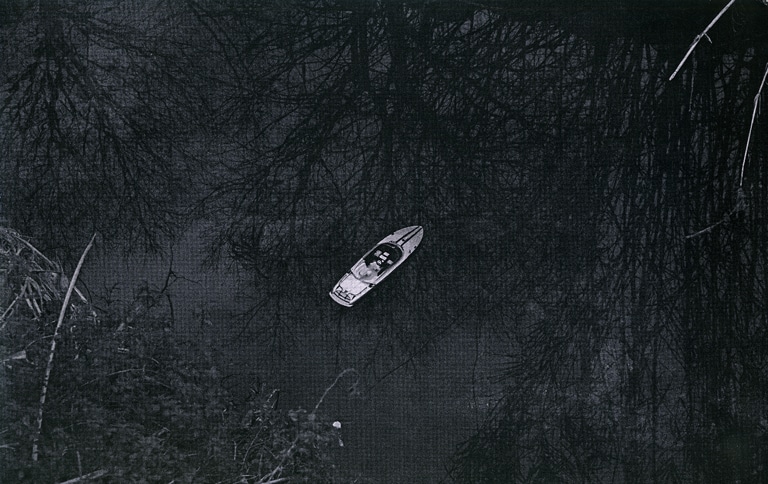
laura aranda lavado
Yo también quise ser Robert Capa pero no hacer sus fotos, 2021-2023
© laura aranda lavado
KBr FLAMA 24
From 11 October 2024 to 26 January 2025
Louis Stettner
From 6 June to 15 September 2024
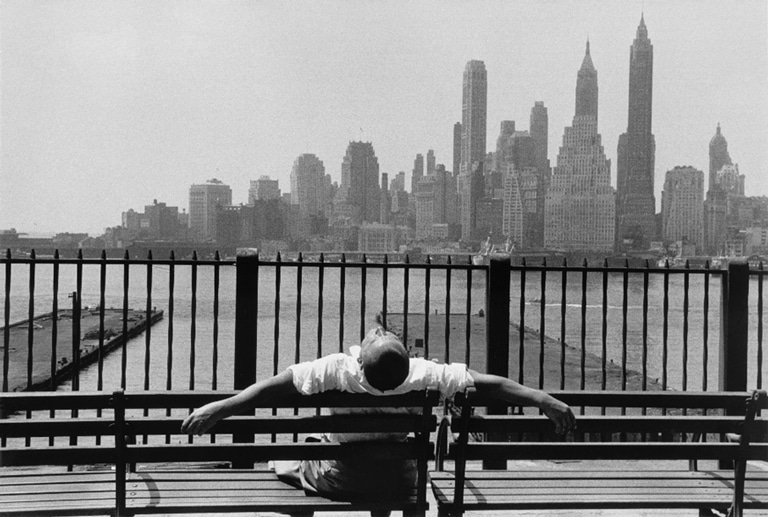
Louis Stettner
Brooklyn Promenade, Brooklyn, New York, 1954
Colecciones Fundación MAPFRE
© Louis Stettner Estate
Louis Stettner
From 6 June to 15 September 2024
Paz Errázuriz
From 6 June to 15 September 2024
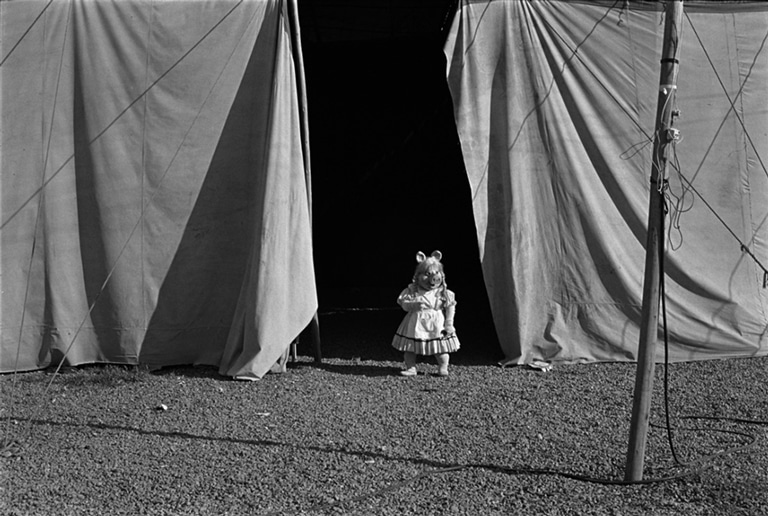
Paz Errazuriz
Miss Piggy II, Santiago, from the series The circus, 1984
© Paz Errazuriz. Colecciones Fundación MAPFRE
Paz Errázuriz
From 6 June to 15 September 2024
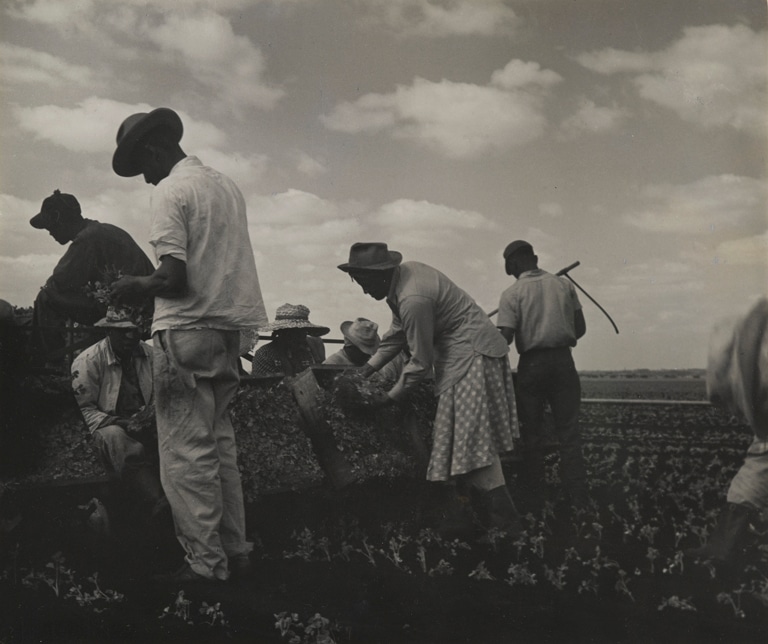
Tennessee, 1950
Brooklyn Museum, Gift of Wallace B. Putnam from the Estate of Consuelo Kanaga
© Brooklyn Museum

Grup d’homes al voltant d’un petit estany, 1910-1920
Plata en gelatina a partir de negatiu de vidre
Arxiu Nacional de Catalunya (ANC), Fons Antoni Rosal Grelon, Sant Cugat del Vallès
KBr FLAMA 23
From 2023 September 28 until 2024 January 28
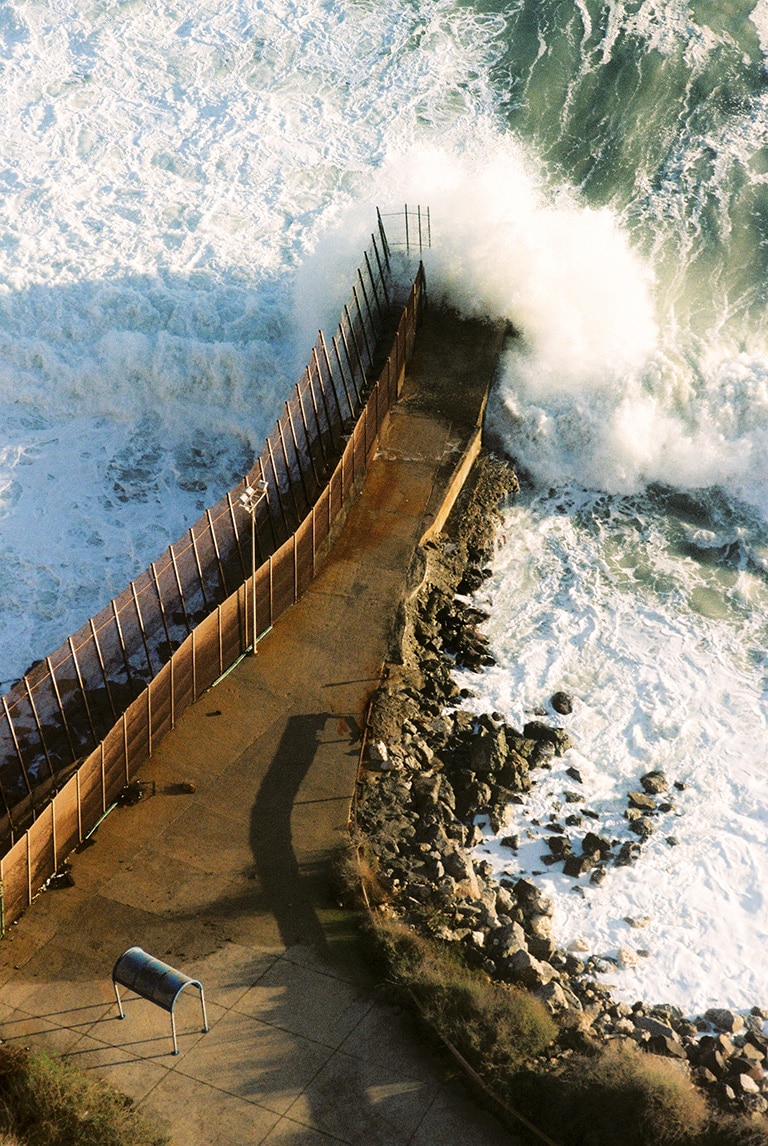
Límite Izquierdo, Melilla 2022
Fotografía analógica 35mm. © Rocío Madrid
KBr FLAMA 23
From 2023 September 28 until 2024 January 28
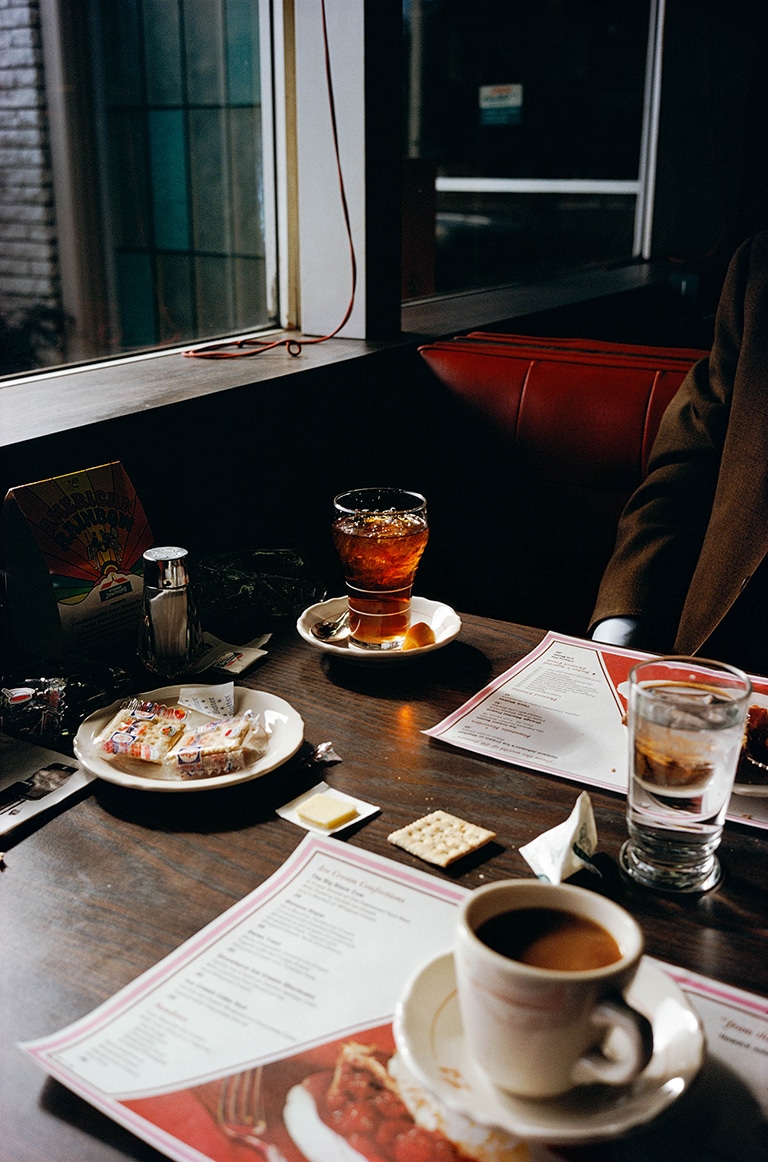
Untitled, c. 1970-1973.
© Eggleston Artistic Trust.
Courtesy Eggleston Artistic Trust and David Zwirner
Jules Ainaud’s Catalonia (1871-1872)
From 2023 June 8 until 2023 September 3
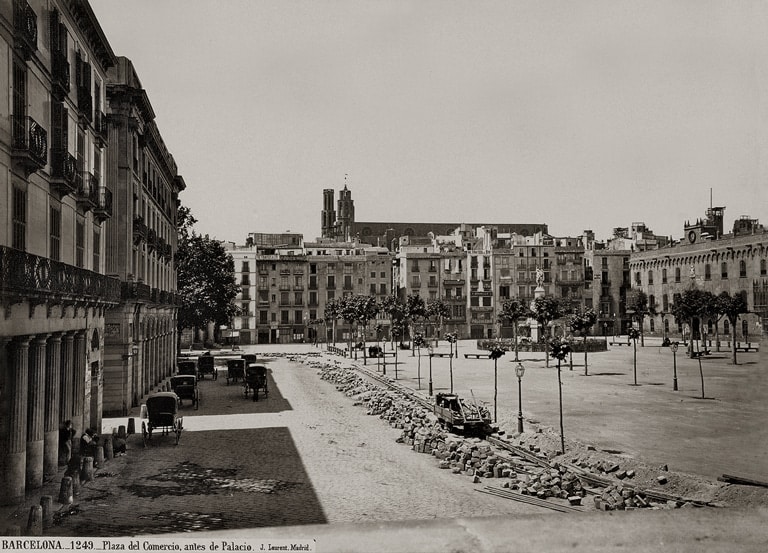
Barcelona. Plaza del Comercio, antes de Palacio,
4 de junio de 1872
Biblioteca Nacional de España, Madrid
Jules Ainaud’s Catalonia (1871-1872)
From 2023 June 8 until 2023 September 3
Tina Modotti
From 2023 June 8 until 2023 September 3
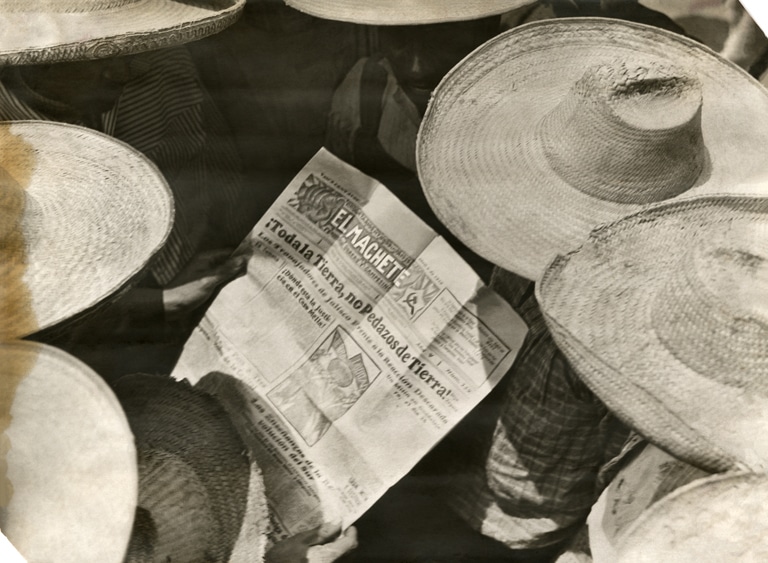
Men Reading “El Machete”, ca. 1929
Collection and Archive of Fundación Televisa
Tina Modotti
From 2023 June 8 until 2023 September 3
Ilse Bing
From 2023 February 16 to 2023 May 14
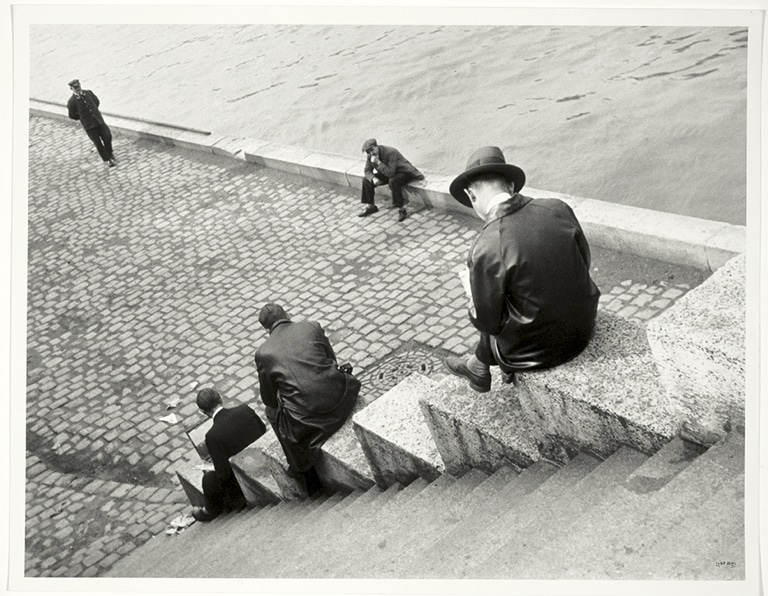
Ilse Bing
Three Men Sitting on the Steps by the Seine, 1931
International Center of Photography, Nueva York, Gift of Ilse Bing, 1991 © Estate of Ilse Bing
Ilse Bing
From 2023 February 16
to 2023 May 14
Anastasia Samoylova
Image cities
From 2023 February 16 to 2023 May 14
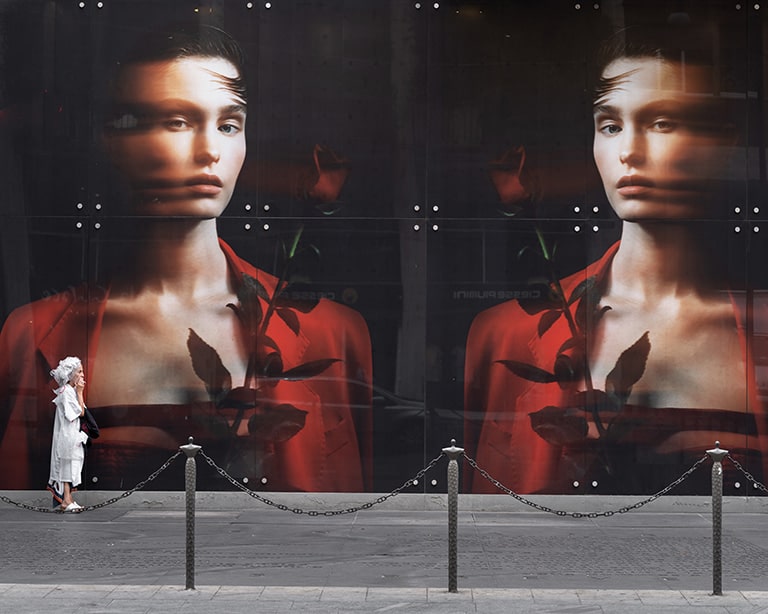
Beauty Salón, Milan, 2022.
© Anastasia Samoylova
Anastasia Samoylova
Image cities
From 2023 February 16
to 2023 May 14
Carrie Mae Weems
A great turn in the possible
From 2022 October 5 to 2023 January 15
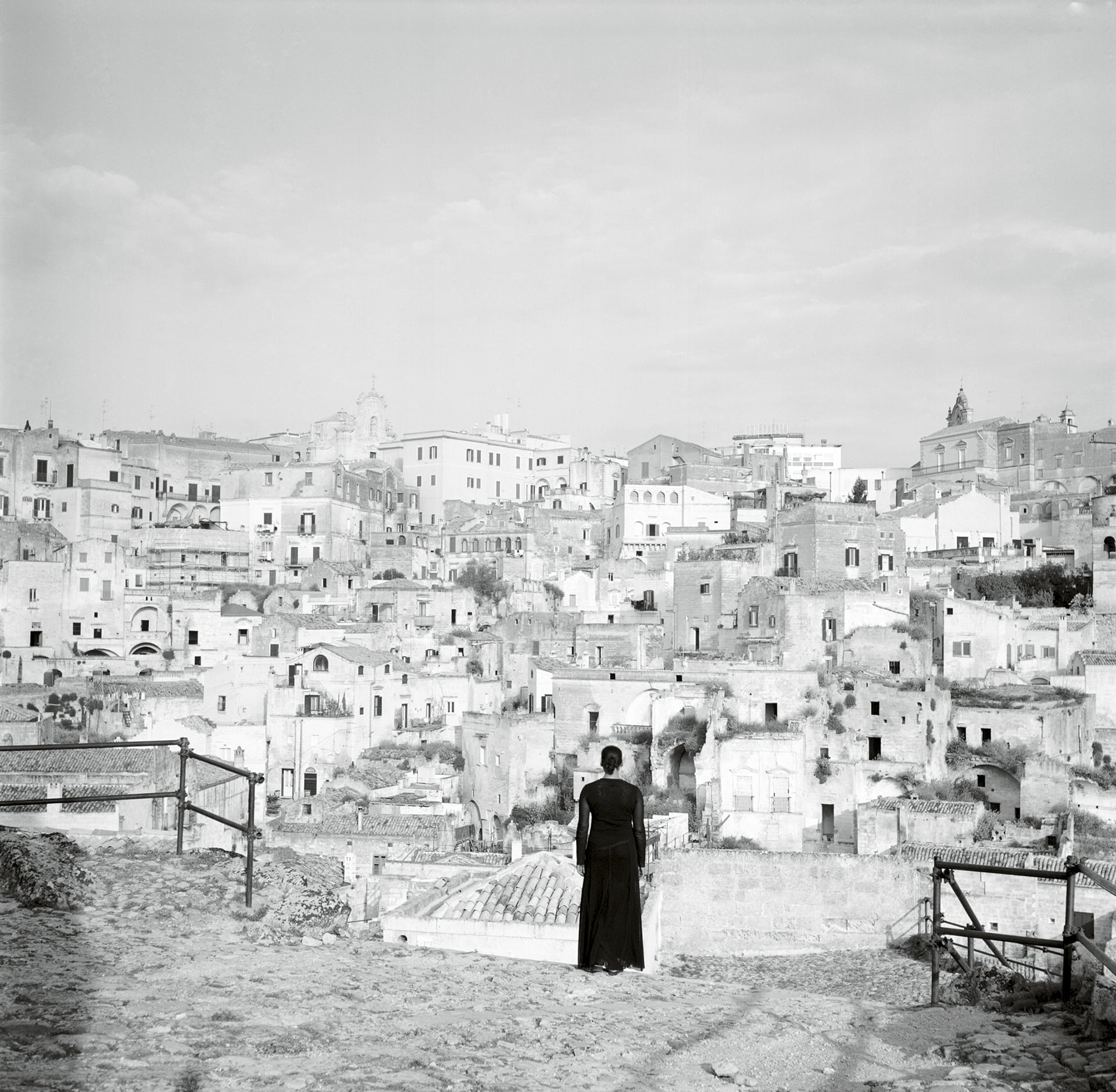
Carrie Mae Weems
The Edge of Time – Ancient Rome ,
from the series “Roaming”, 2006.
Courtesy of the artist and Shainman Gallery,
New York.
Carrie Mae Weems
A great turn in the possible
From 2022 October 5 to 2023 January 15
KBr Flama 22
Young talents from photography schools
From 2022 October 5 to 2023 January 15

serie The Holy Innocents, 2019
© Guillermo Fernández
KBr Flama 22
Young talents from photography schools
From 2022 October 5 to 2023 January 15
Bleda y Rosa
From May 26, 2022, to September 4, 2022
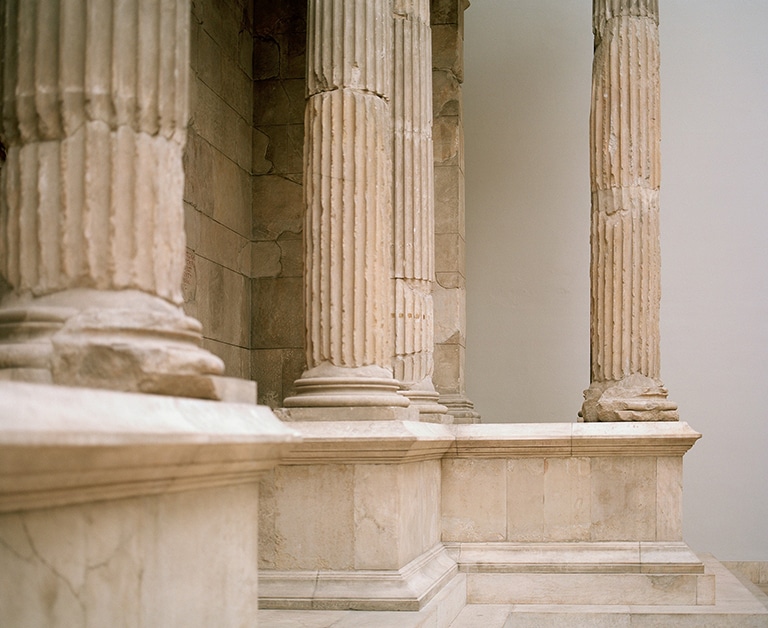
Bleda y Rosa
From May 26, 2022, to September 4, 2022
Resonances
Fundación MAPFRE Collection
From May 26, 2022, to September 4, 2022
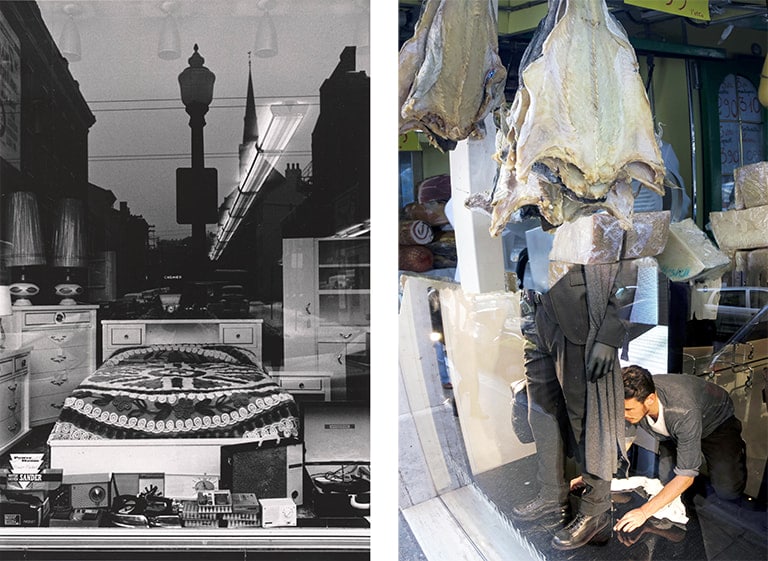
Fundación MAPFRE Collection
@ Lee Friedlander, courtesy of Fraenkel Gallery, San Francisco, and Luhring Augustine, New York
Miguel Ángel Tornero Sin título [No title] (The Random Series – Romananzo-), 2013.
@ Miguel Ángel Tornero, VEGAP, Barcelona, 2022.
Resonances
Fundación MAPFRE Collection
From May 26, 2022, to September 4, 2022
Lee Friedlander
From February 18, 2022, to May 8, 2022
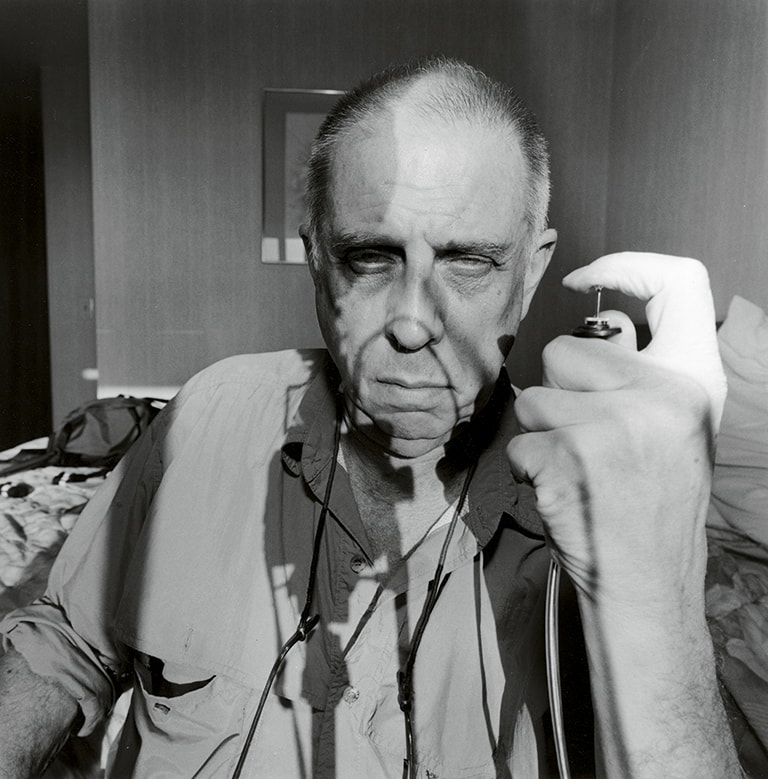
Courtesy of the artist and Fraenkel Gallery, San Francisco
© Lee Friedlander, courtesy Fraenkel Gallery, San Francisco and Luhring Augustine, New York
Lee Friedlander
From February 18, 2022, to May 8, 2022
Adolf Mas
The eyes of Barcelona
From February 18, 2022, to May 8, 2022
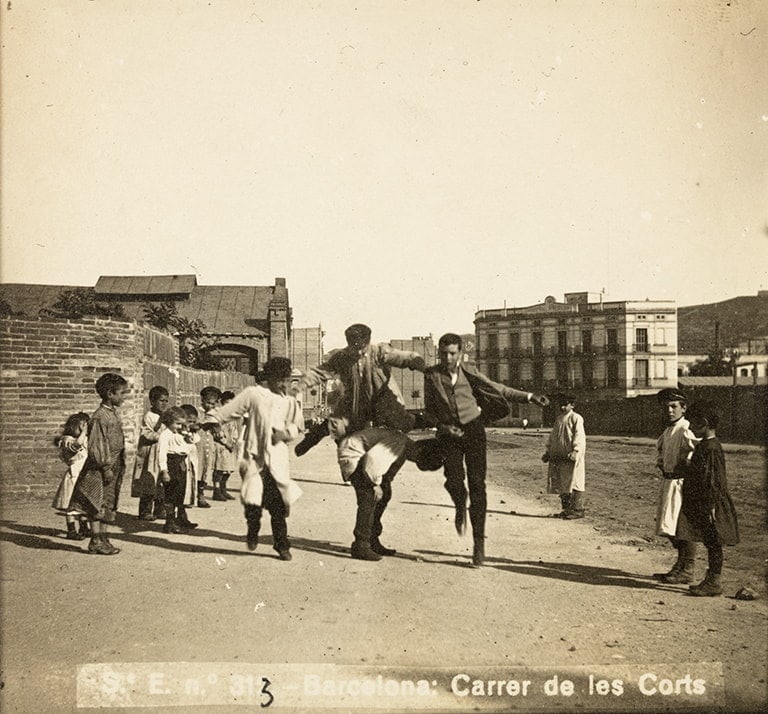
Adolf Mas Ginestà Juegos. Gran vía de les Corts Catalanes, 1906 © Institut Amatller d’Art Hispànic. Arxiu Mas
Adolf Mas
The eyes of Barcelona
From February 18, 2022, to May 8, 2022
KBr Flama’21
From September 30, 2021, to January 16, 2022
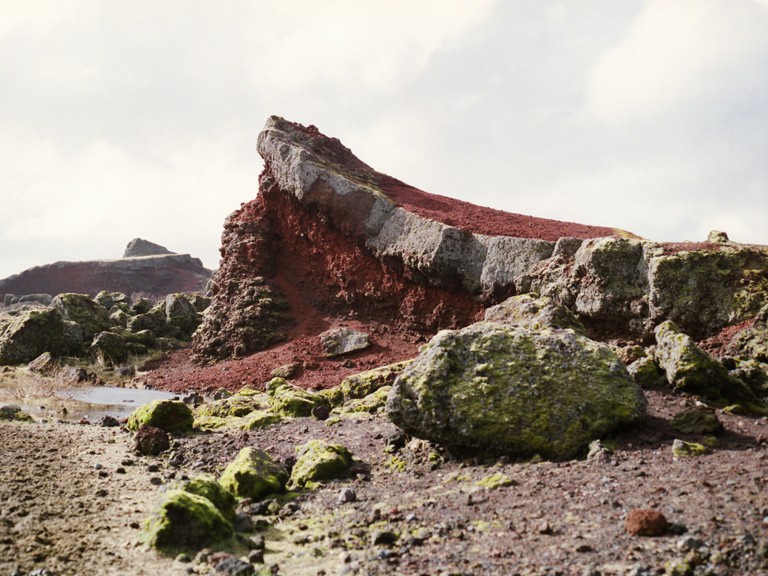
Gunnlöð Jóna Rúnarsdóttir
Serie Obscure Presence, 2018-2020
© Gunnlöð Jóna Rúnarsdóttir
KBr Flama’21
From September 30, 2021, to January 16, 2022
Paolo Gasparini
Field of Images
From September 30, 2021, to January 16, 2022
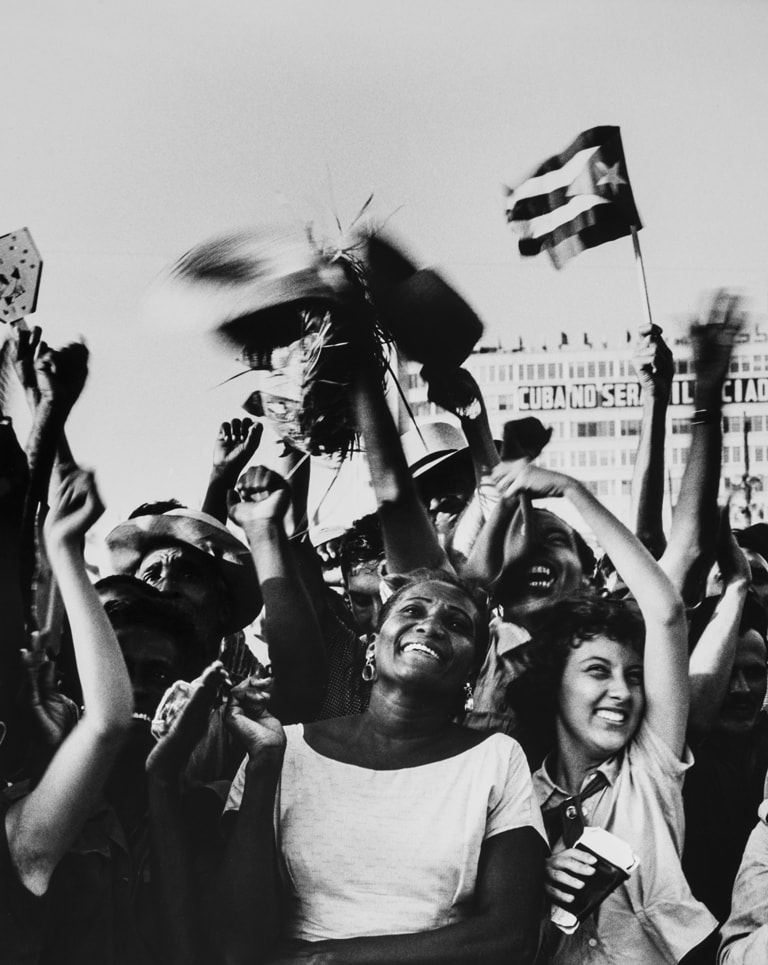
Paolo Gasparini 26 July, Havana, 1961
Fundación MAPFRE Collections
© Paolo Gasparini
Paolo Gasparini
Field of Images
From September 30, 2021, to January 16, 2022
Garry Winogrand
From 11th June to 5th September
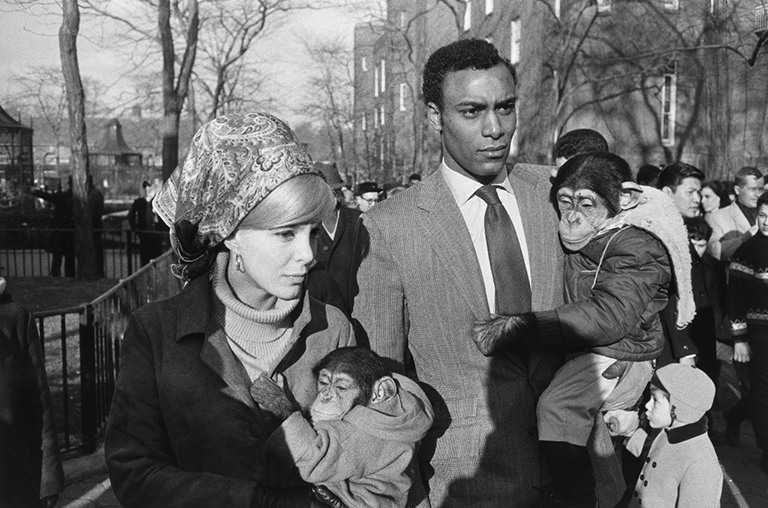
Garry Winogrand Central Park Zoo, New York City, 1967
Fundación MAPFRE Collection, Madrid
© The Estate of Garry Winogrand, courtesy Fraenkel Gallery San Francisco
Garry Winogrand
From 11th June to 5th September
Nicholas Nixon
The Brown Sisters
From 11th June to 5th September
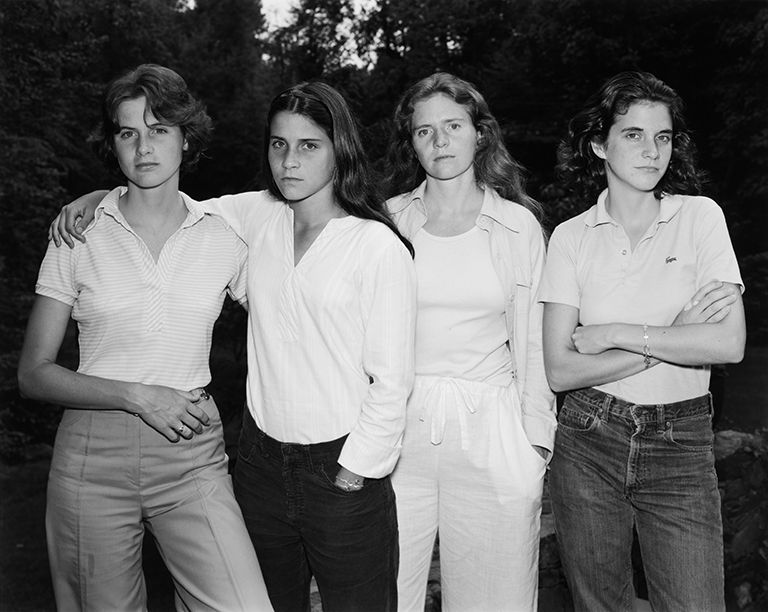
© Nicholas Nixon
Nicholas Nixon
The Brown Sisters
From 11th June to 5th September
Claudia Andujar
From February 26th 2021 through May 23th 2021
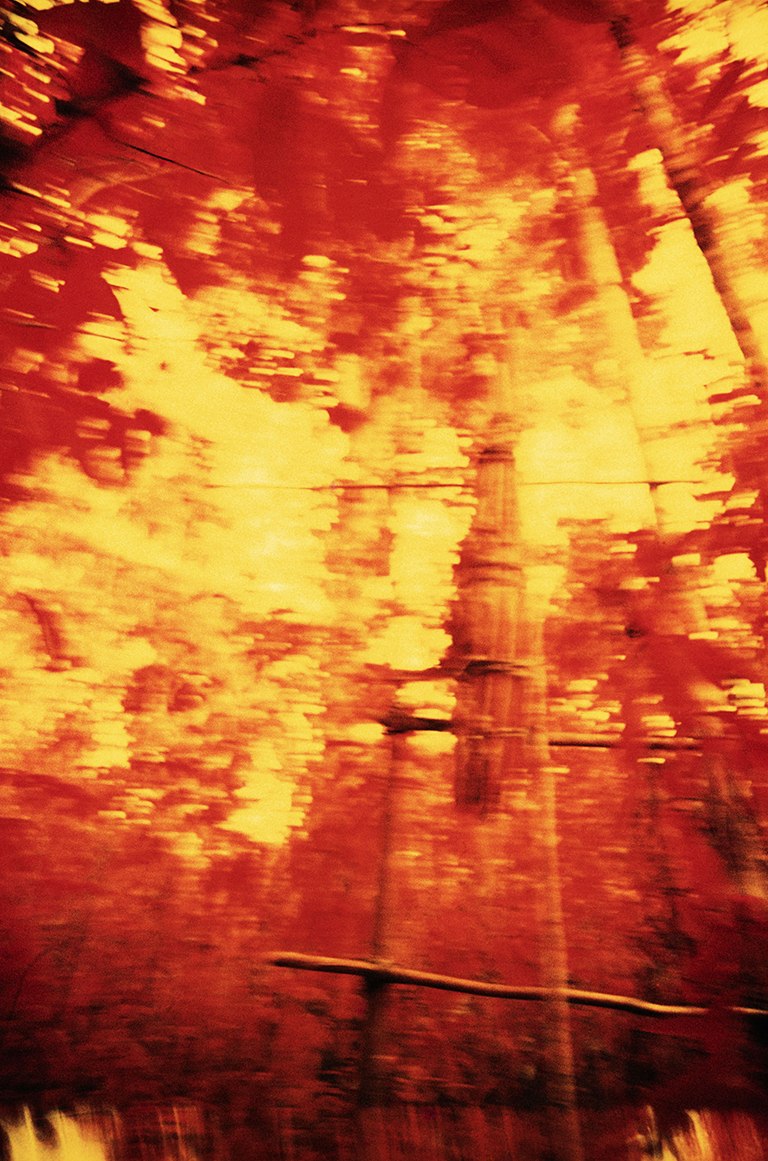
Claudia Andujar
From February 26th 2021 through May 23th 2021
The Captive Gaze
The daguerreotype collection of the Center for Research and Dissemination of Images (CRDI) – Gerona.
From February 26th 2021 through May 23th 2021
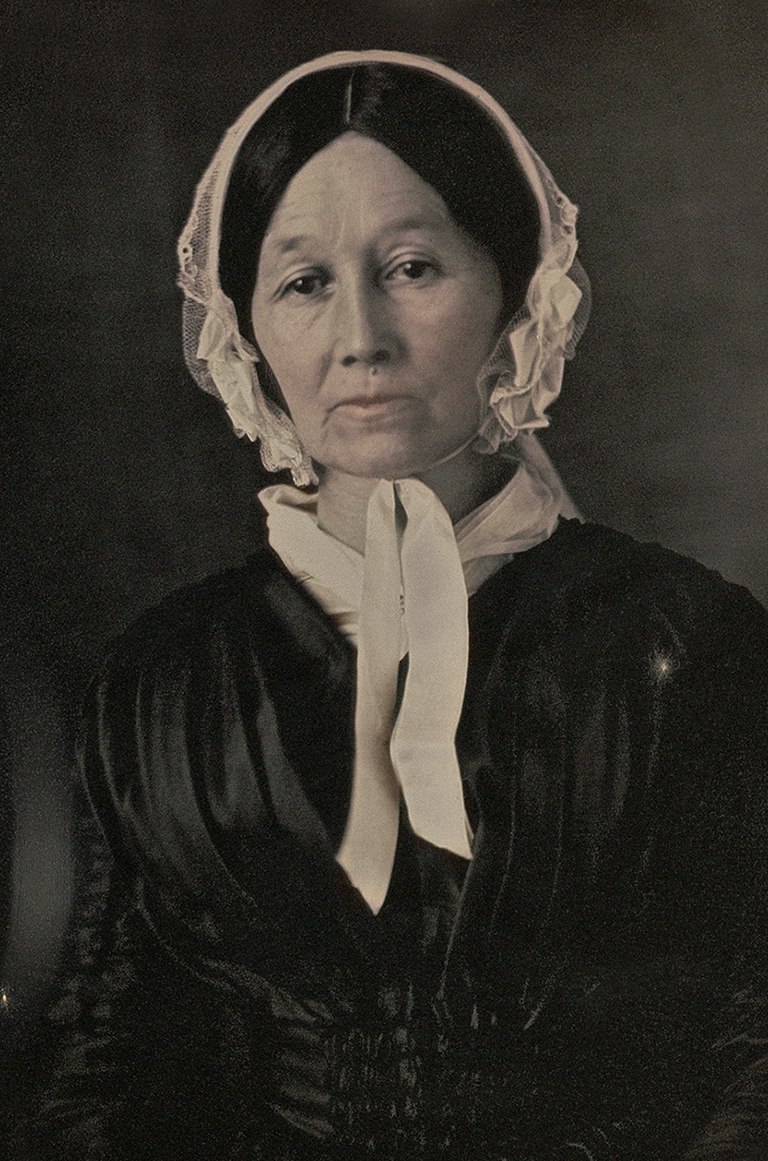
The Captive Gaze
The daguerreotype collection of the Center for Research and Dissemination of Images (CRDI) – Gerona.
From February 26th 2021 through May 23th 2021
Bill Brandt
From October 9th 2020 through January 24th 2021
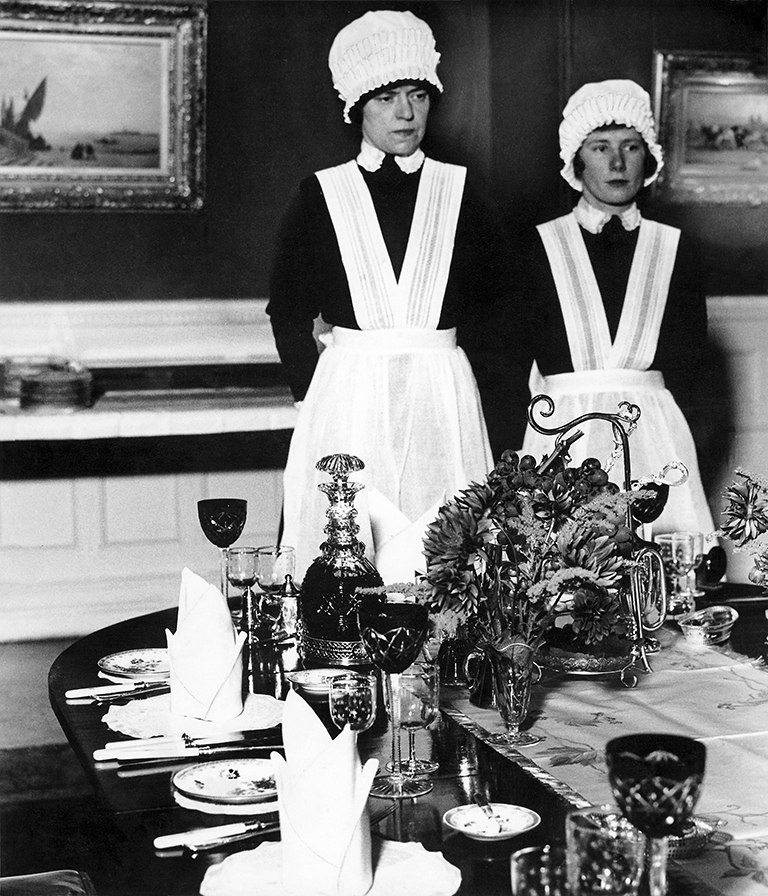
Bill Brandt
From October 9th 2020 through January 24th 2021
Paul Strand
From October 9th 2020 through January 24th 2021

Paul Strand
From October 9th 2020 through January 24th 2021
